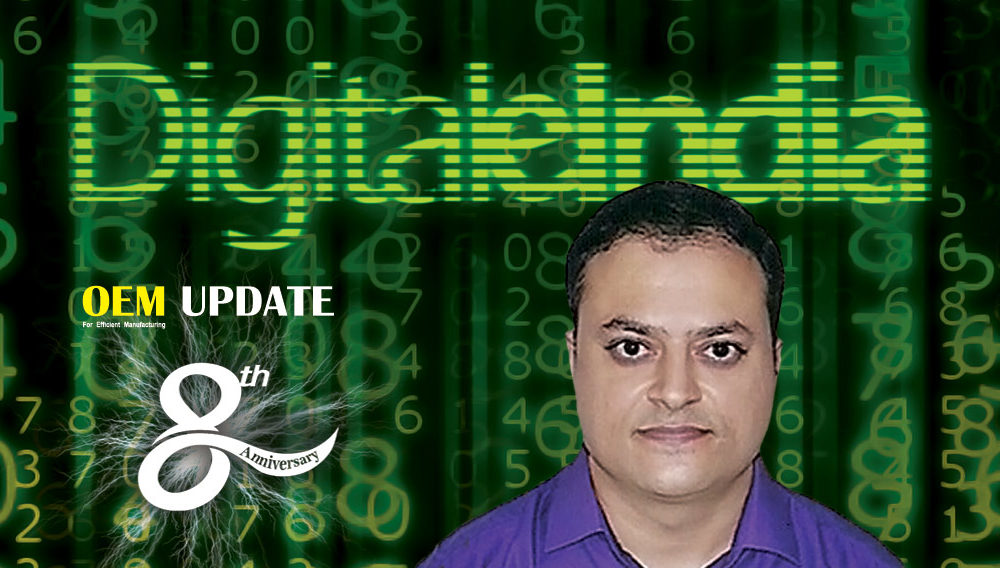Shoe grinding: Highest precision for thin-walled workpieces
November 12, 2017 12:53 pm
STUDER shoe grinding fixture in the S41 work area
Do you have the highest requirements on the roundness of thin-walled rings and sleeves or a rolling element raceway, whose surface-profile shape must be extremely precise, so that the rolling element can offer an extended service life or external and internal machining in a single clamping, so that these rings can also be produced economically? STUDER has the answer and knows the necessary manufacturing process: Cylindrical grinding with a shoe grinding fixture, or in short: Shoe grinding! With this method STUDER achieves accuracies which remain unattainable with the conventional grinding process.
The shoe grinding principle
The thin-walled, circular workpiece, the roller bearing ring, must be clamped so that it cannot be deformed and so that absolute concentricity from external diameter to internal diameter is already assured by the clamping system.
These requirements are not met by a jaw chuck (3-, 6-jaw chuck). In addition, the complete external contour and the internal contour should preferably be machined in one clamping. A magnetic chuck clamping generally means that each individual workpiece must be centrically aligned manually using a dial indicator, which not only takes a great deal of time but also makes automatic loading impossible. This last point in particular proves to be a major obstacle in the mass production required in the roller bearing industry.
The best way to clamp a thin-walled ring is to use a method which completely separates the workpiece support from the rotary drive (workpiece drive):
• Shoe grinding fixture, for supporting the workpiece
• Electromagnetic chuck for torque introduction (drive) and fixing the workpiece.
Design of shoe grinding fixtures
In the picture below showing a universal shoe grinding fixture the workpiece has been intentionally omitted, to make the design clearer.
• Shoe grinding fixture clamped to workpiece table, movable in Z-direction.
• Horizontal supporting shoe in oscillating shoe design, with universal sliding inserts with fine adjustment.
• Vertical supporting shoe in fixed shoe design, with universal sliding inserts with fine adjustment.
• Electromagnetic chuck for introduction of the workpiece rotary movement and for fixing the workpiece, here with radial pole pitch.
• Magnet pole boosters. These are regularly overground in assembled state, to guarantee the flatness and perpendicularity of the magnet contact surface. They are radially adjustable and clamped in the T-slot.
STUDER universal shoe grinding fixtures are available in several usefully graded sizes and cover the diameter range from 10 to 460 mm.
In parallel to the universal shoe grinding fixtures shown there are also versions for the mass production of part families, which allow quick resetting to a new workpiece using quick-release plates.
Design of the electromagnetic chuck
The electromagnetic chuck drives the workpiece in the direction of rotation, thus generating the workpiece speed. The chuck also holds the workpiece in its nominal position, as it lies against the front surface of the workpiece. A small relative movement takes place here between chuck (pole booster, pole ring) and workpiece end surface, as the supporting shoes position the workpiece eccentrically: Annular pole or radial pole pitches are selected depending on the workpiece size, with the annular pole pitch tending to be used for smaller workpieces (up to approx. 80mm).
Annular pole electromagnets can have different mounting hole patterns, which match a customer’s product range. The driving or holding force of the electromagnetic chuck can be programmed in many different stages. The holding force can thus be temporarily reduced for particularly delicate operations via CNC program, enabling stronger clamping afterwards in the same program. The magnetic force can be individually programmed in up to 16 stages on the magnet controller. If several different electromagnetic chucks have to be used, the electrical connection is provided by plug-in contacts directly behind the chuck.
Possible grinding head configurations
The top priority is to finish-grind a roller bearing ring externally and internally: perfect concentricity externally/internally; same manufacturing temperature, so more dimensionally stable; reduction of quantity of “work in progress” (working capital) etc. The grinding head should therefore be equipped with the grinding tools required for the complete process: external grinding wheel(s), internal grinding wheel(s), measuring probe. And naturally on an infinitely variable, high-precision B-axis with a swivel angle repetition accuracy of < 1-inch (for STUDER S41).
Achievable accuracies
The following table provides information on what can be achieved with a shoe grinding fixture on a STUDER cylindrical grinding machine. These values have been confirmed in various customer projects and internal trials, but the blanks on the system side (frontal surface left) must be perfectly flat.
For more information, visit www.studer.com
Cookie Consent
We use cookies to personalize your experience. By continuing to visit this website you agree to our Terms & Conditions, Privacy Policy and Cookie Policy.


















 English
English Hindi
Hindi